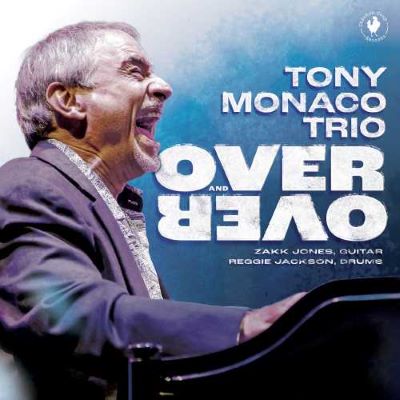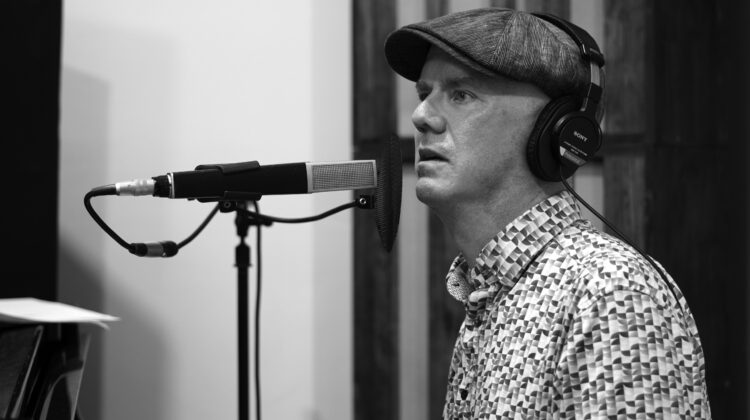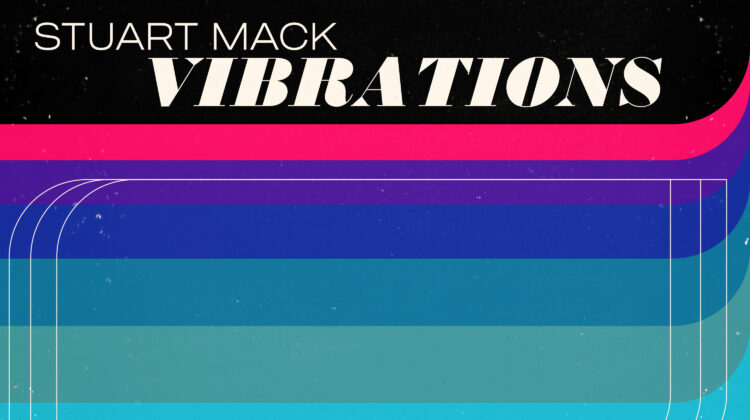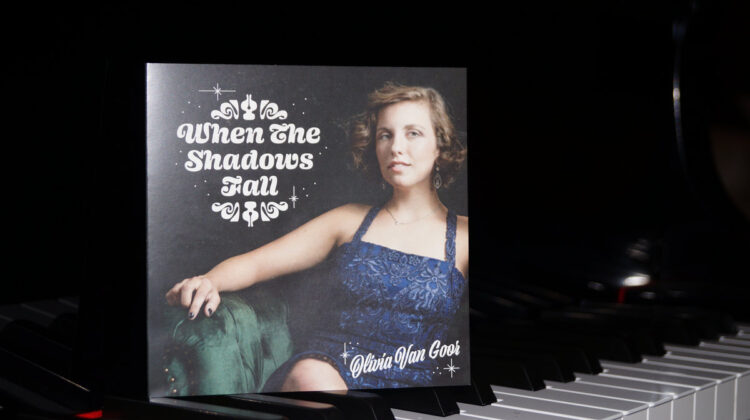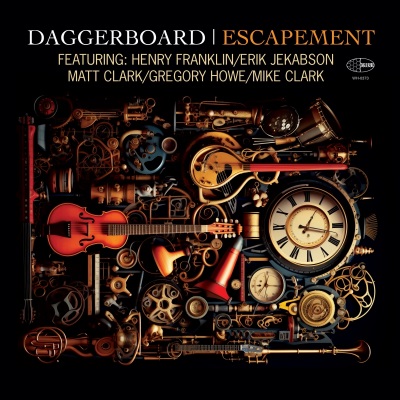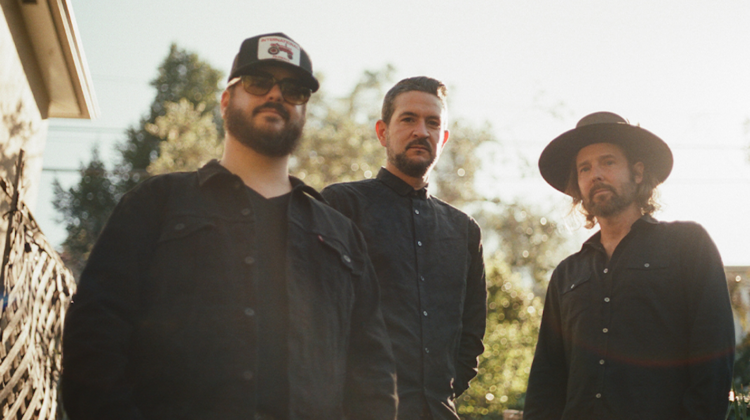Miguel Zenón, the alto saxophonist and composer who has blended jazz and the music of his native Puerto Rico into one of the most passionate and coherent forms of contemporary expression, exemplifies the new possibilities that jazz envisions in the 21st century. His triumphs of the past decade, at the head of his own quartet and as a founding and ongoing member of the SFJazz Collective, have inspired Zenón to continue pushing creative boundaries.
Identities are Changeable is the most ambitious of his works to date. An extended meditation on national identity, it began with interviews of seven members of the Puerto Rican community in the New York City area, which were then interspersed with music written and orchestrated by Zenón for quartet and big band and a video installment by David Dempewolf. The piece, originally commissioned in 2011, only received a few additional performances before its recording three years later. One of them was at NEC in 2013, with Zenón’s quartet joining the NEC Jazz Orchestra.
The work allowed Zenón to explore extra-musical concepts such as identity, homeland, and one’s “native” culture. It also continues a dialogue with Puerto Rican musical tradition first emphasized in Zenón’s 2004 recording Jibaro. That album “opened up a specific road that felt natural to follow,” Zenón says, a road he pursued on his subsequent recordings Esta Plena with added percussionists and Alma Adentro: The Puerto Rican Songbook, where his quartet is joined by a woodwind section. Puerto Rican music continues to provide inspiration. “Take `Through Culture and Tradition,’ the final part of Identities are Changeable,” he notes. “That riff has been in my family for years. Both my grandmother and my mother sang it while rocking kids on their laps.”
For Zenón, jazz is the best means for expressing such diverse connections. “Jazz was something I had to learn from zero, and I relate learning it to learning a language. The jazz language strikes a balance between the intellectual and the emotional that, together with the idea of improvisation, appealed strongly to me. I hadn’t heard that before and wanted to explore it. But all music has become universalized. The leading people in what is considered `modern jazz’—Herbie [Hancock], Chick [Corea], Branford [Marsalis], Pat [Metheny]—are bringing folkloric, ethnic, and European elements into their own music. It works both ways.”
As a member of the Jazz faculty, Zenón visits NEC seven times per semester. “I love the vibe at the school,” he is quick to note. “Everyone has the same level of focus, and the students are at the highest level of any I’ve encountered. While I only teach private students, I don’t just teach saxophonists and don’t have one thing that I teach everybody. Some want guidance in composition, while drummers come to me looking for specific rhythmic things.” He acknowledges one of these rhythm tutorials at NEC as a source for his use of multi-rhythmic structures to mirror the tensions and transformations at the root of Identities are Changeable.
Each of Zenón’s students benefits from the saxophonist’s own example of where linguistic mastery can lead. “The dance band was the closest thing to jazz at the Escuela Libre de Musica, where I attended high school in San Juan; but the training in fundamentals was excellent, which I realized when I got to the U.S. at 19. What gave me trouble was trying to understand the tradition and how important it was in the formation of the language. But you learn from what you lack, and you learn from your mistakes. I learned from playing with my fellow students, practicing, going to sessions at [legendary club and NEC neighbor] Wally’s.
“Students want to live in the present and emulate the people they see at the leading clubs; but I emphasize that, as much as they want to, they can’t be those guys. When I was in college, I wanted to be Kenny Garrett and Steve Coleman. Once I realized that I couldn’t, I had no choice but to find my own way.”

